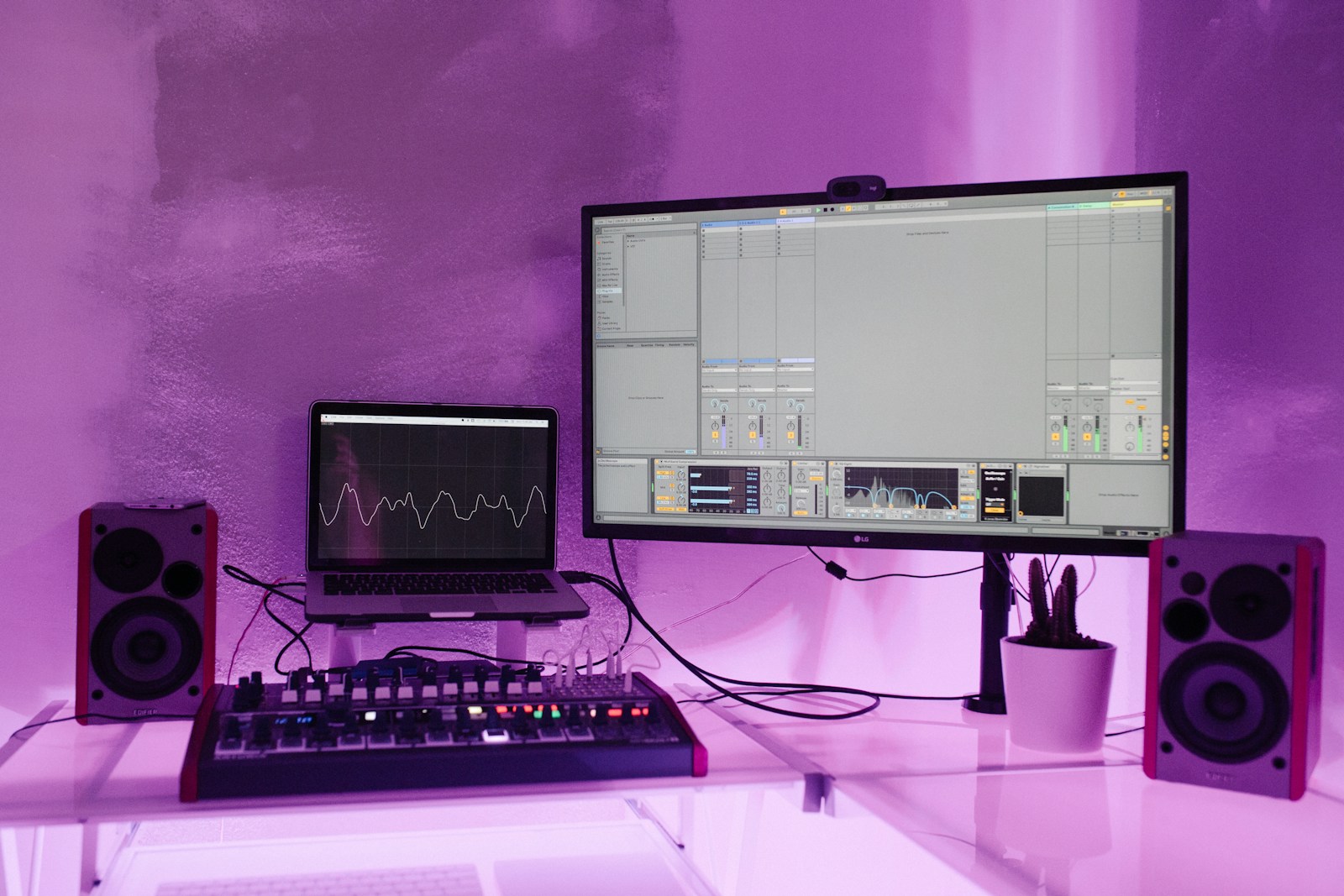Sound sampling and sound modeling are two different techniques used in the field of sound engineering to create and manipulate sound.

Sound Sampling
Sound sampling is the process of recording and storing a digital representation of a sound wave. This is typically done by capturing a sound source with a microphone and converting the resulting analog signal into a digital format. The resulting digital sample is stored in a computer or other digital storage device, and can be played back at any time.
One of the primary advantages of sound sampling is that it allows for highly accurate and realistic reproduction of real-world sounds. For example, a sample of a piano can be recorded and played back in such a way that it sounds like an actual piano. Sampling is commonly used in music production, where it is used to create electronic versions of acoustic instruments.
However, sound sampling has its limitations. Samples can be large and take up a lot of storage space, and they can also sound artificial or “static” if they are played back too often or manipulated too much. Additionally, because sampling relies on capturing pre-existing sounds, it can be difficult to create entirely new or unique sounds using this technique.

Sound Modeling
Sound modeling, on the other hand, involves creating a mathematical model of a sound wave that can be used to synthesize new sounds. This is typically done by using digital signal processing algorithms to manipulate basic sound components, such as sine waves, to create more complex sounds.
One of the primary advantages of sound modeling is that it allows for the creation of entirely new and unique sounds that cannot be achieved through sampling. By manipulating the basic components of sound waves, sound designers can create complex and dynamic sounds that are not limited by the constraints of real-world instruments or sounds.
However, sound modeling also has its limitations. Because it relies on mathematical models, sound modeling can sometimes produce sounds that are less realistic or accurate than those produced through sampling. Additionally, creating complex sound models can require a significant amount of computational power, which can limit the ability to use sound modeling in real-time applications.
In summary, sound sampling is a technique for capturing and reproducing real-world sounds, while sound modeling is a technique for creating new and unique sounds through the manipulation of basic sound components. Both techniques have their strengths and weaknesses, and the choice of which technique to use will depend on the specific needs of the project or application.

